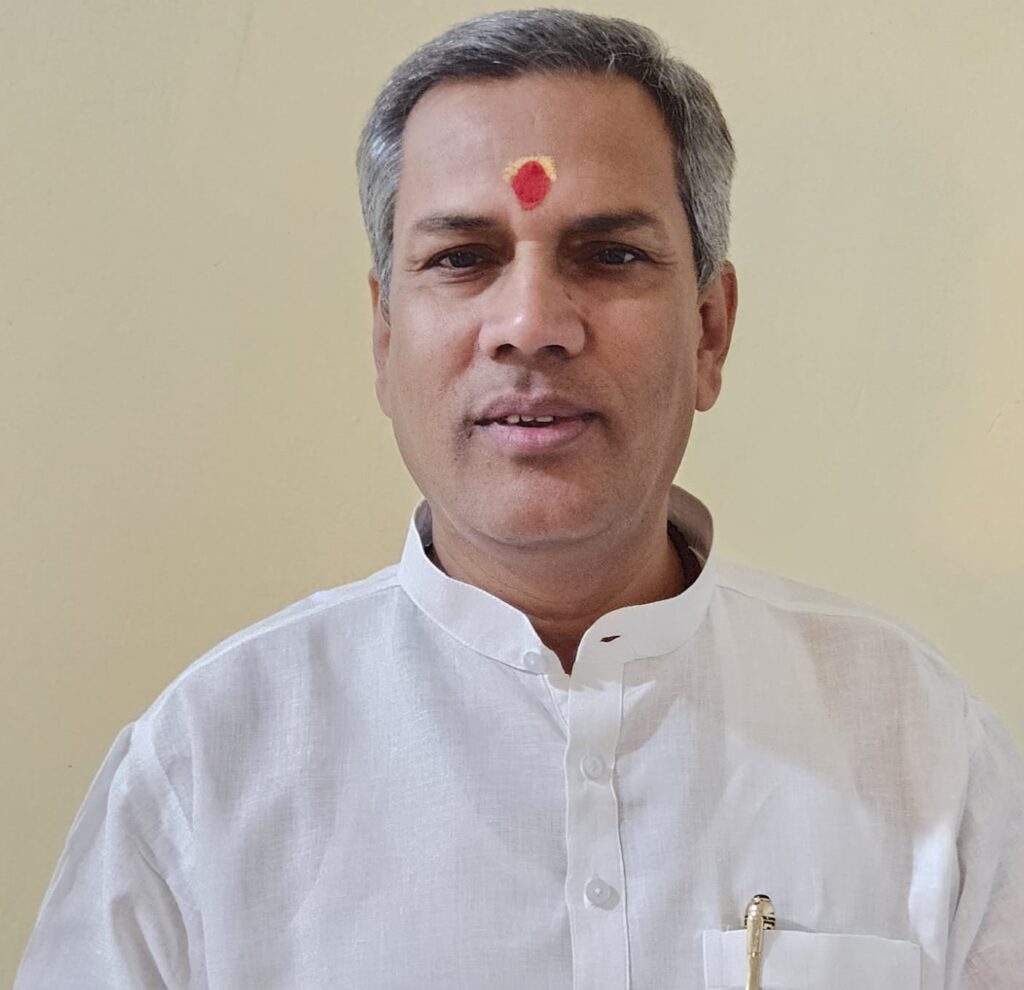From the northern deserts of Rajasthan and Punjab to the plains of Bihar in the central-east, the north-northwest band of India has faced unprecedented heat………..

Jeev Kant Jha
The way this summer has unfolded in northern India may well be a harbinger of things to come, with rising global temperatures expected to make such weather extremes a routine occurrence. Deadly forest fires, illness-inducing temperatures that persist even after sundown, a loss of earnings for businesses and daily wage earners, and widespread water shortages — the blistering summer this year has exacted a toll on millions of people across northern India. Many cities have now been under a meteorological red alert, signaling a very high likelihood of heat illness and heat stroke in people of all ages.
From the northern deserts of Rajasthan and Punjab to the plains of Bihar in the central-east, the north-northwest band of India has faced unprecedented heat. These months have also been exceptionally dry, triggering a spate of forest fires in the mountains of Uttarakhand and Himachal Pradesh. Estimates suggest that the snow cover, which feeds India’s lifeblood rivers such as the Ganga, has been at its thinnest since 2003. Data released by the government’s reservoir management authority shows that the country’s water storage, especially in the north, is far lower than what is usual for this time of the year.
In the capital city of New Delhi, the heatwave has brought to light the dire consequences for the most vulnerable populations. Residents are experiencing high temperatures in a narrow band of 10.7°C, offering little relief even during the night. This prolonged exposure is linked with severe health impacts, including headaches, dehydration, fatigue, and muscle cramps. The health implications of this heatwave are profound and alarming. Hospitals have reported a significant increase in heat-related illnesses, and the demand for medical attention has surged.
The economic impact is equally devastating. Street vendors in the city have reported a loss of income and a decline in customer numbers. A recent study found that nearly 50% of such vendors experienced a loss in earnings, and 71% struggled to access medical help. The heat not only drives away customers but also makes it physically challenging for vendors to sustain their daily activities. For daily wage earners, the choice is often between braving the oppressive heat to earn their livelihood and risking their health.
The broader implications of this extreme weather extend beyond immediate health and economic concerns. The reduced snow cover in the Himalayas and the decreased water levels in reservoirs pose long-term threats to agriculture, drinking water supplies, and hydroelectric power generation. The cascading effects of these changes can lead to food shortages, increased migration, and further economic instability.
The way this summer has unfolded may well be a sign of things to come as rising global temperatures are expected to make such weather extremes routine. To address these issues, the authorities need to implement heat action plans more stridently. Policies to protect the vulnerable, their health, and their livelihoods are crucial. Solutions need to include immediate financial assistance as well as new public infrastructure to mitigate heat stress.
Heat action plans should encompass several key strategies. Firstly, improving early warning systems can help communities prepare for extreme weather events. These systems can provide timely alerts, allowing people to take necessary precautions. Secondly, expanding access to cooling centers, especially in urban areas, can offer respite to those without adequate means to escape the heat. These centers should be equipped with air conditioning, water, and medical facilities.
Public health campaigns are essential to raise awareness about the dangers of heat exposure and to educate people on how to stay safe. This includes promoting hydration, recognizing the signs of heat illness, and encouraging the use of protective measures like hats and sunscreen. Additionally, increasing green spaces in urban areas can help reduce the urban heat island effect, providing cooler environments for residents.
Financial assistance programs are also critical. Direct cash transfers to those most affected by the heatwave can provide immediate relief. These funds can help cover medical expenses, compensate for lost income, and support basic needs like food and water. Long-term investments in infrastructure, such as improved water management systems and the development of heat-resistant crops, can enhance resilience to future heatwaves.
The government must also address the underlying causes of climate change. This involves reducing greenhouse gas emissions, transitioning to renewable energy sources, and implementing sustainable agricultural practices. International cooperation is vital, as climate change is a global issue that requires collective action.
Community-based approaches can play a significant role in building resilience. Empowering local organizations to lead heat mitigation efforts ensures that solutions are tailored to the specific needs of each community. This can include training volunteers to assist during heatwaves, establishing neighborhood cooling stations, and promoting community gardens that provide shade and fresh produce.
The private sector can also contribute by adopting sustainable practices and supporting heat mitigation initiatives. Businesses can invest in energy-efficient technologies, create green rooftops, and provide flexible working hours to reduce exposure to peak heat.
The blistering summer of 2023 serves as a stark reminder of the urgent need to address climate change and its impacts. The rising frequency and intensity of heatwaves pose significant threats to health, livelihoods, and economic stability. By implementing comprehensive heat action plans, investing in sustainable infrastructure, and fostering community resilience, we can mitigate the effects of extreme heat and protect the most vulnerable populations. Immediate action is essential to ensure a sustainable and equitable future in the face of a changing climate.


